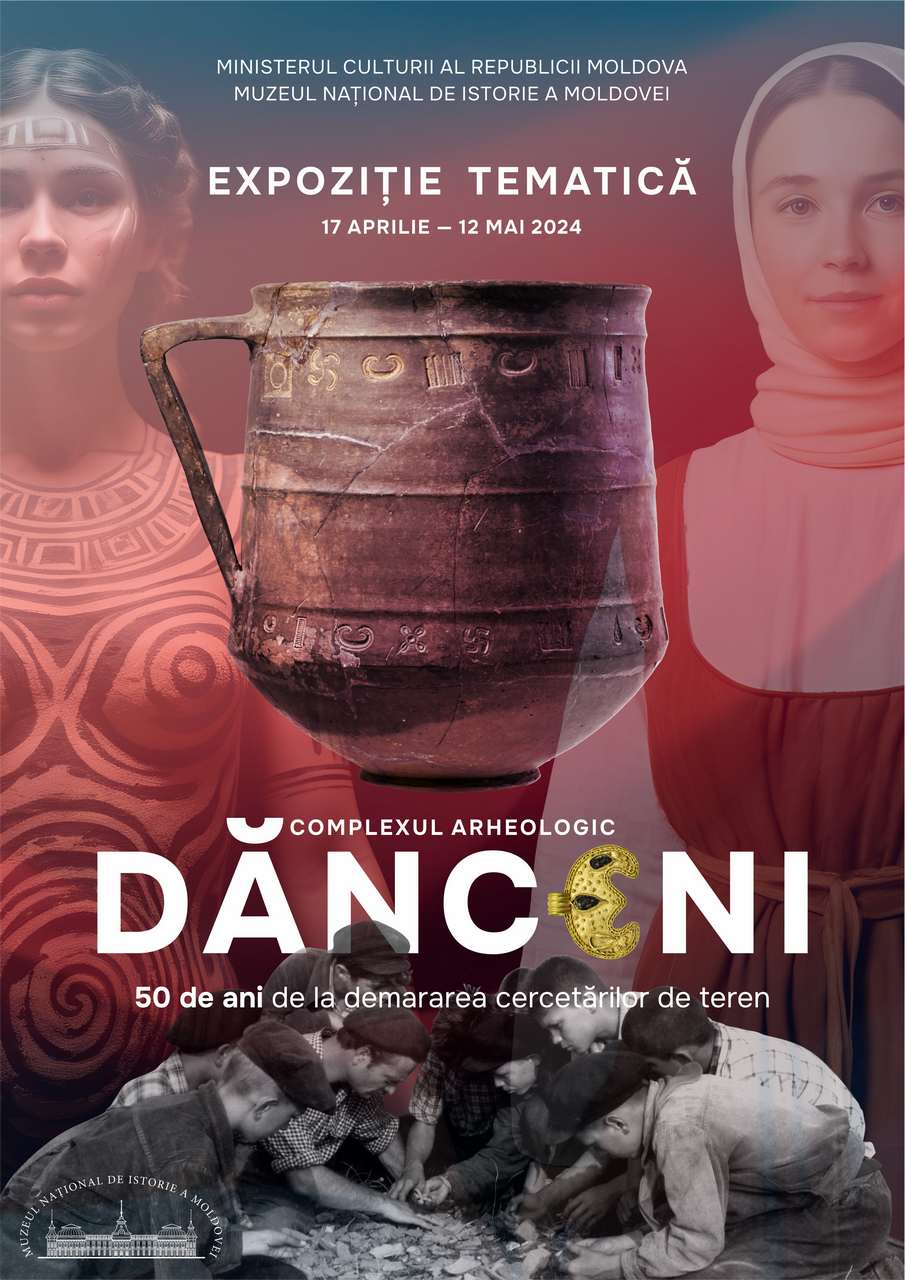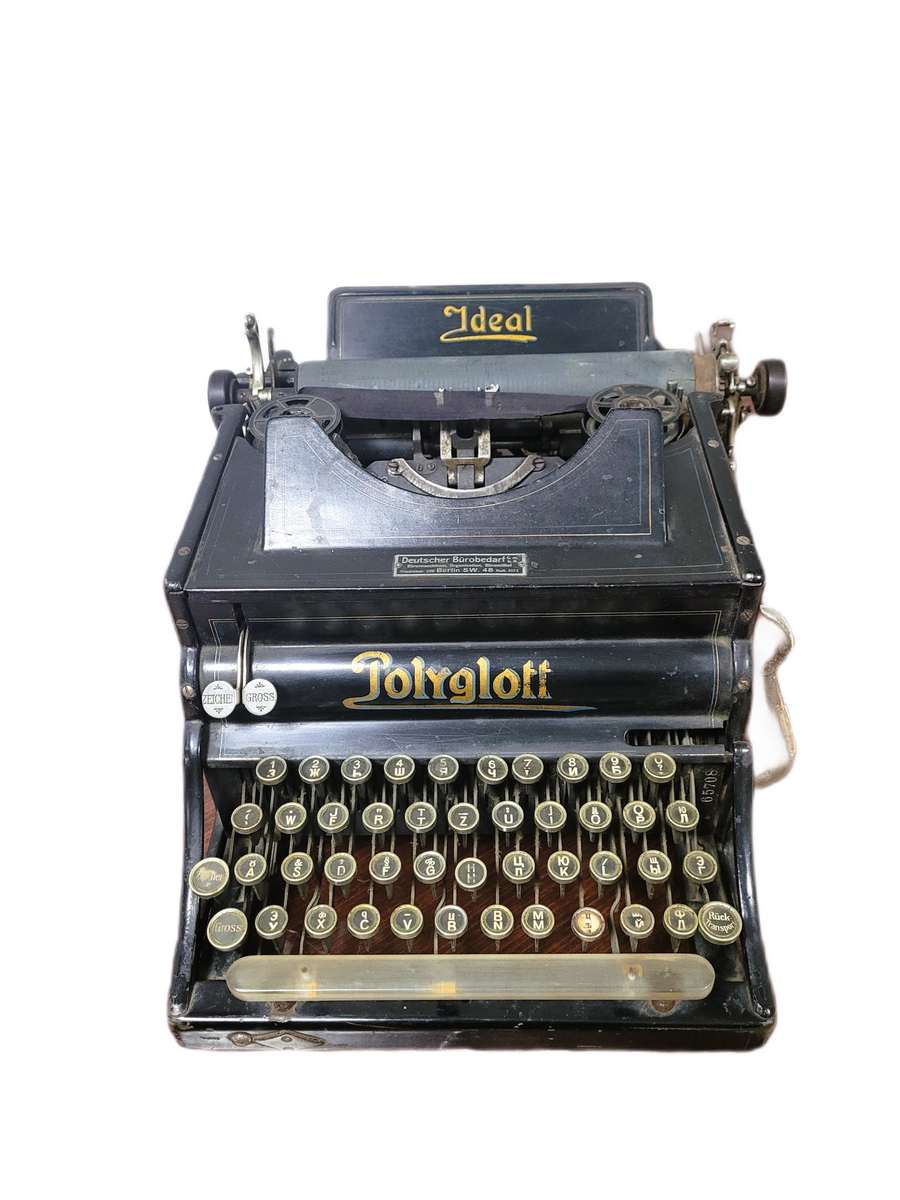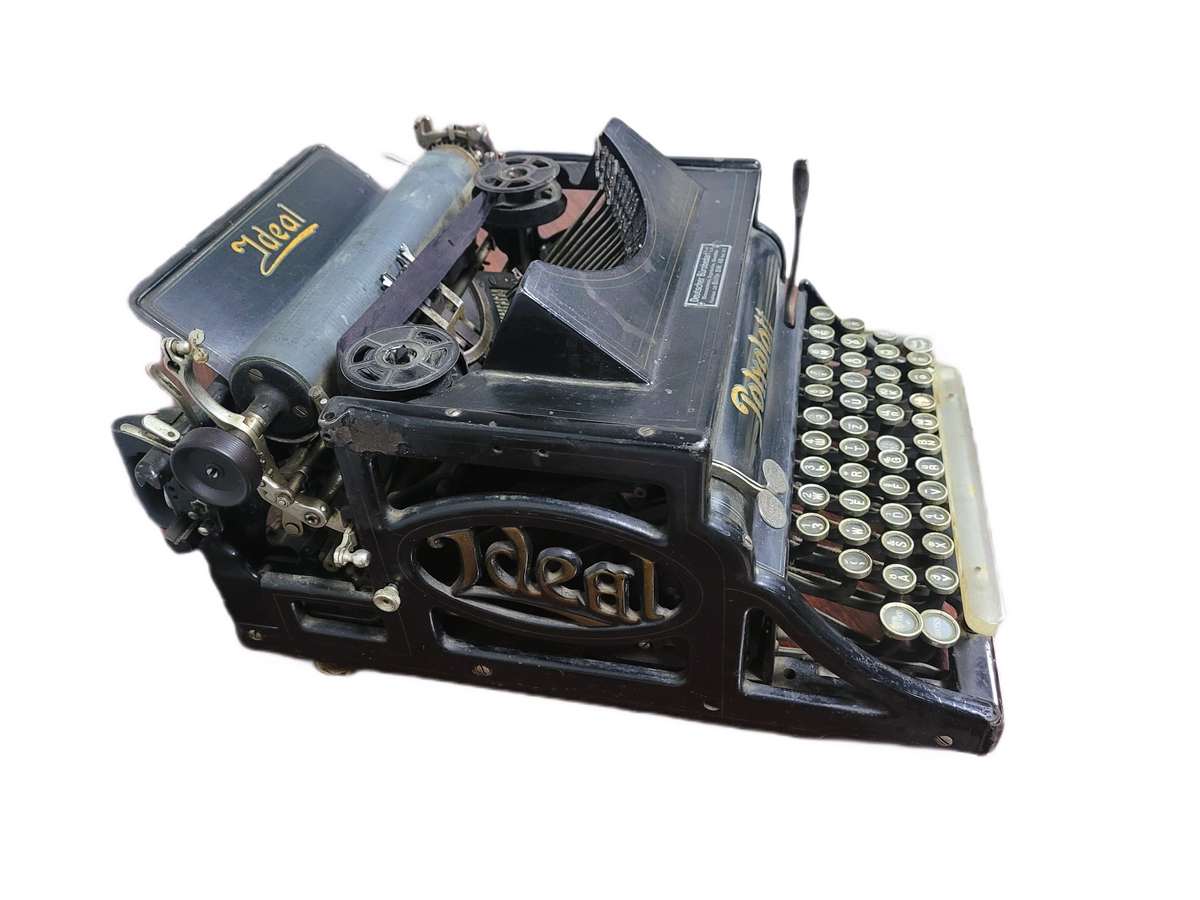 The National Museum of History of Moldova announces the opening of the thematic exhibition "Dănceni Archaeological Complex: 50 years since the start of field research". The opening of the exhibition will take place on April 17, 2024, at 11:00, second floor.
The National Museum of History of Moldova announces the opening of the thematic exhibition "Dănceni Archaeological Complex: 50 years since the start of field research". The opening of the exhibition will take place on April 17, 2024, at 11:00, second floor.
The exhibition is organized on the occasion of the 50th anniversary of the start of archaeological research in the Dănceni I settlement and in the Dănceni II necropolis near Dănceni village, Ialoveni district. The Dănceni I settlement was discovered in 1958 by Isac Rafalovici, the site being attributed to the early medieval culture. Later, in 1964, Valentin Dergacev established that this site also contains a chronological level from the Neolithic period, which was attributed to the Linear Pottery culture, which is a creation of the first farmers in Europe (end of the 6th millennium BC).
The systematic archaeological excavations in the settlement of Dănceni I and the necropolis of Dănceni II were initiated in 1974 in connection with the start of the development works of the huge Dănceni reservoir, these being coordinated by Isak Rafalovici (1974-1976 and 1978), and later by Natalia Golțeva (1979), Olga Larina and Valentin Dergacev (1980).
The researches have shown that the Dănceni I site is pluristratigraphic, including vestiges from the Neolithic period, the Bronze Age, the Early Middle Ages (6th-7th centuries and the 10th-12th centuries) and the Late Middle Ages (15th-17th centuries). Taking into account the impressed surface investigated in this site, of 3254 m2, it can be seen that the settlements attributed to the Neolithic (6th millennium BC) and the early Middle Ages (5th-7th centuries) in this archaeological complex are among the most intensively researched in the Republic of Moldova. Within this site, following archaeological investigations, traces of 23 residential and household constructions from the Neolithic period and the vestiges of over 100 constructions from the early medieval period were identified, and at the same time, an impressive collection of vessels was also obtained ceramics, flint tools, bone, horn, but also a representative archaeozoological material.
On the other hand, it was found that the Dănceni II necropolis is among the largest burial sites known in the Republic of Moldova, where 405 human burials were discovered, the largest part (338) belonging to the Roman period, being attributed to the Sântana culture Mureș-Cerneahov from the III-IV centuries.
The necropolis of Dănceni II is the largest of the necropolises from the Roman period researched in the area between the Dniester and the Prut. Among the materials obtained, in addition to the impressive collection of ceramics, it is worth mentioning metal ornaments (including gold and silver), glass cups and horn combs. One of the most enigmatic objects is a funerary urn decorated with crescent-shaped engravings, swastikas, crosses, rosettes, which, according to one version, would represent an ancient calendar.
In addition to the burials from the Roman period, in the researched area of the necropolis of 8415 m2, funerary complexes from the Bronze Age (Usatovo culture, Catacombs culture, pottery culture with relief belts - Babino) and the Early Iron Age (a Thraco-Scythian horizon).
Early Bronze Age burials of the Usatovo culture (third quarter of the 4th millennium BC) form a compact necropolis with painted pottery, bronze and horn objects. A burial of the Catacomb culture (mid-3rd millennium BC) was accompanied by a hand-moulded bowl with rich decoration. Complexes from the Middle Bronze Age (Babino culture, end of the 3rd millennium - beginning of the 2nd millennium BC) contained three vessels modeled by hand, one of which is decorated with some "mysterious signs".
The burial inventory from the Early Iron Age (6th-5th centuries BC) consists of weapons (spearheads, arrowheads), pieces of harness, tools (knives) and pottery (hand and wheel-shaped pottery), being, without a doubt, a military necropolis. The most recent burial in the necropolis, with ornaments including two large digital fibulae and a bronze bracelet, belongs to a woman and is dated to the early 6th century.





 The side panels are elegantly decorated with refined cast-iron elements in the Art Nouveau style, displaying the brand name - "Ideal." The Polyglott model, featuring a bilingual keyboard patented in the United Kingdom by Max Klaczko from Riga, Latvia, was produced between 1902 and 1913, marking the first typewriter capable of writing in two languages. The "Ideal Polyglott" typewriter was actively sold in the Russian Empire and gained significant popularity in Poland, Bulgaria, and Serbia.
The side panels are elegantly decorated with refined cast-iron elements in the Art Nouveau style, displaying the brand name - "Ideal." The Polyglott model, featuring a bilingual keyboard patented in the United Kingdom by Max Klaczko from Riga, Latvia, was produced between 1902 and 1913, marking the first typewriter capable of writing in two languages. The "Ideal Polyglott" typewriter was actively sold in the Russian Empire and gained significant popularity in Poland, Bulgaria, and Serbia.











































